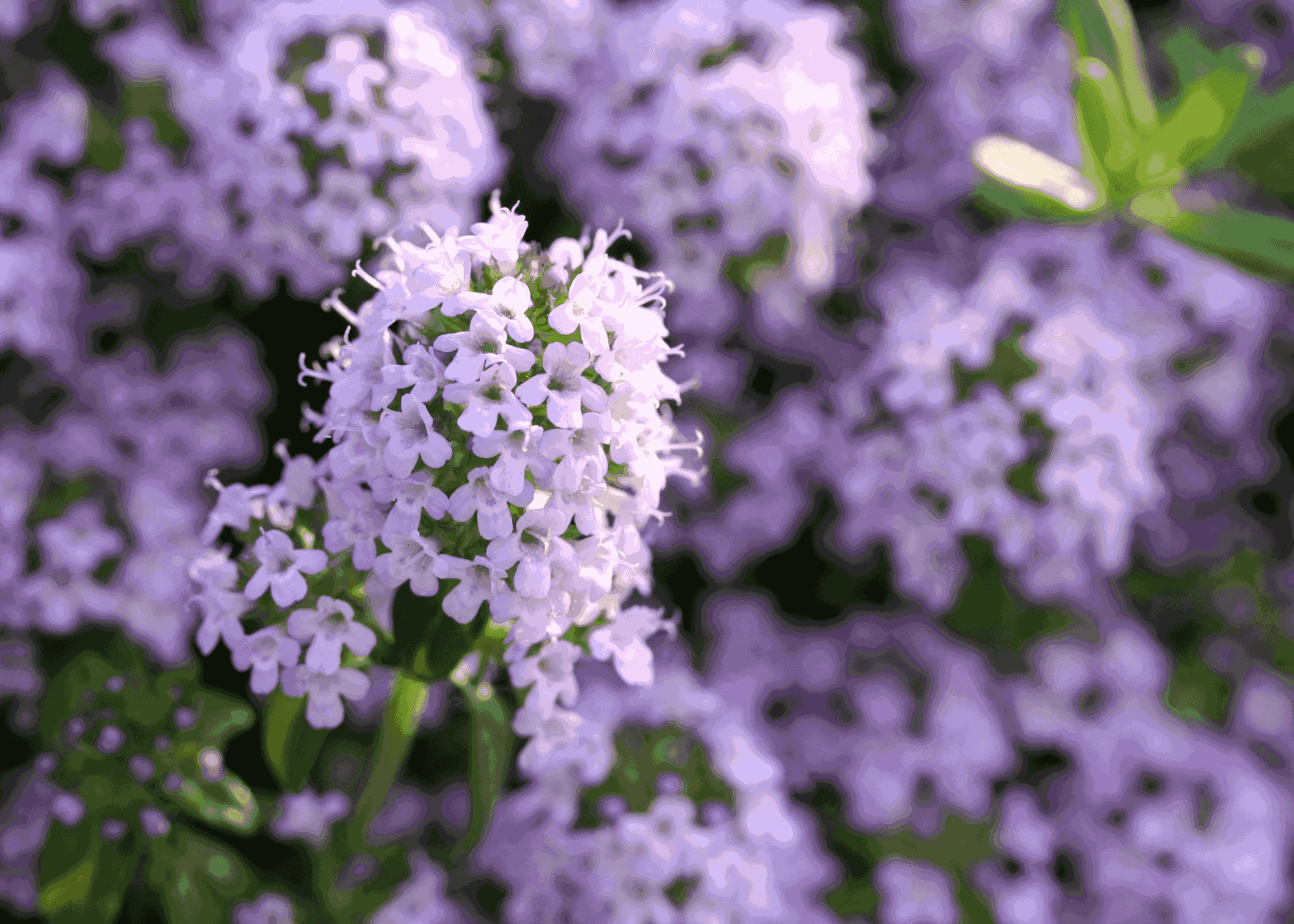Creeping thyme is an unsung hero of the thyme family. It is a compact, low-growing plant with evergreen aromatic leaves. Scientifically termed Thymus Serpyllum, this plant not only adds to your garden’s beauty but also serves practical purposes.
Great ground coverage, beautiful flowers, and delightful fragrance. What’s not to love about this plant?
Commonly known as ‘Mother of Thyme,’ is a quickly grown in-home plant. It’s a fantastic option for lawn projects, to plant in between stones, or to cover garden borders.
Are you ready to learn more about this show-stopper?
Let’s walk through the steps to plant creeping thyme seeds and ensure their healthy growth.
Optimal Timing for Planting the Seeds
The foremost question arises: When should we plant creeping thyme seeds? Since it is a winter-friendly plant that grows well in zones 4C to 9C, the ideal time to plant is the end of winter and early spring. You may also switch between outdoor and indoor planting of seeds.
For best results, you want to wait until the soil has warmed up, or your efforts might go in vain.
Where to Plant? Is There an Ideal Location?
Choose a location with well-draining soil and appropriate sun exposure for growing the plant. This plant flourishes more in pH, favoring the alkaline soil. It requires more than a single season to achieve its maximum growth potential. It attains a maximum height of 5-10 cm and a width of 20-30 cm in the garden bed.
 Step 1: Prepare the Soil
Step 1: Prepare the Soil
Prepare the seedbed by ensuring the removal of any weeds or debris. The most highlighted demand for this plant is well-drained soil. Improve the soil by adding compost or other organic material to boost drainage and fertility.
Soil with constant moisture can result in root rot.
Level the soil using a rake, smoothen out any uneven surfaces, and remove the leaves lying around.
Step 2: Sowing Seeds and Plantation
To begin the cultivation process, you have two options. You may opt for sowing creeping thyme planting seeds or directly use the plant and adjust it in your garden bed.
For seeds, expect an average germination time of approximately 21-28 days at 65-70°F. Seeds in the germination period require consistent water. Also, avoid covering the seeds too much with soil. Instead, press them into the soil. This helps establish a good seed-to-soil contact. Sow the seeds in rows, 2-3 seeds per site. Ensure they’re 12-18 inches apart to have enough space to sprout later.
Step 3: Watering and Fertilization
If you’re working with creeping thyme seeds, be attentive to water them well during the germination period. Well, moistened seeds sprout well.
In the same way, if your plant nursery starts, water regularly 2-3 times per week in the starting months. Later, when roots hold the mature plant firmly in the soil, you may lessen the watering frequency.
Add in a light dose of fertilizer to complement the poor nutrition of the soil. This further promotes the health and vibrancy of your plants.
Step 4: Mulch and Weed Control
Add a little more effort for that perfect yield. Spread an even layer of mulch around your plants. This helps retain moisture, inhibits weed growth, and regulates soil temperature.
Mulching offers a neat and clean appearance to your garden bed. This elevates the aesthetic appeal of the gardening space.
Step 5: Pruning and Harvesting
Keep your thyme plant in good shape and condition by regularly pruning it. It prevents these plants from becoming woody with age and encourages bushier growth. Trim back the stems after flowering and remove the dead and yellow dried leaves.
Cut your plant in half and see it grow even faster!
You may also harvest some stems of it in summer.
Pro tip: Early morning harvest carries the best flavor.
Pest Problems and Control Measures
A great benefit of this plant is its natural pest-resistant property arising due to its scent. However, it may be prone to several insects like aphids and especially spider mites, which are more prevalent in indoor cultivation.
Selecting a planting area with good drainage is advised to prevent such a scenario. Inadequate drainage may lead to mildew and root rots. This is indicated by yellow discoloration and weakening of the plant, so be on the lookout for any such signs.
Wrapping Up
Cultivating creeping thyme plants is a satisfying activity that adds beauty and fragrance to your garden bed. Whether used as a ground cover, an alternative to traditional lawns, or an aromatic inclusion, it is a fantastic option.
This step-by-step guide provides everything you need to know about its growing process. This ensures your success with this versatile plant. Dig up your spade and enjoy gardening!







